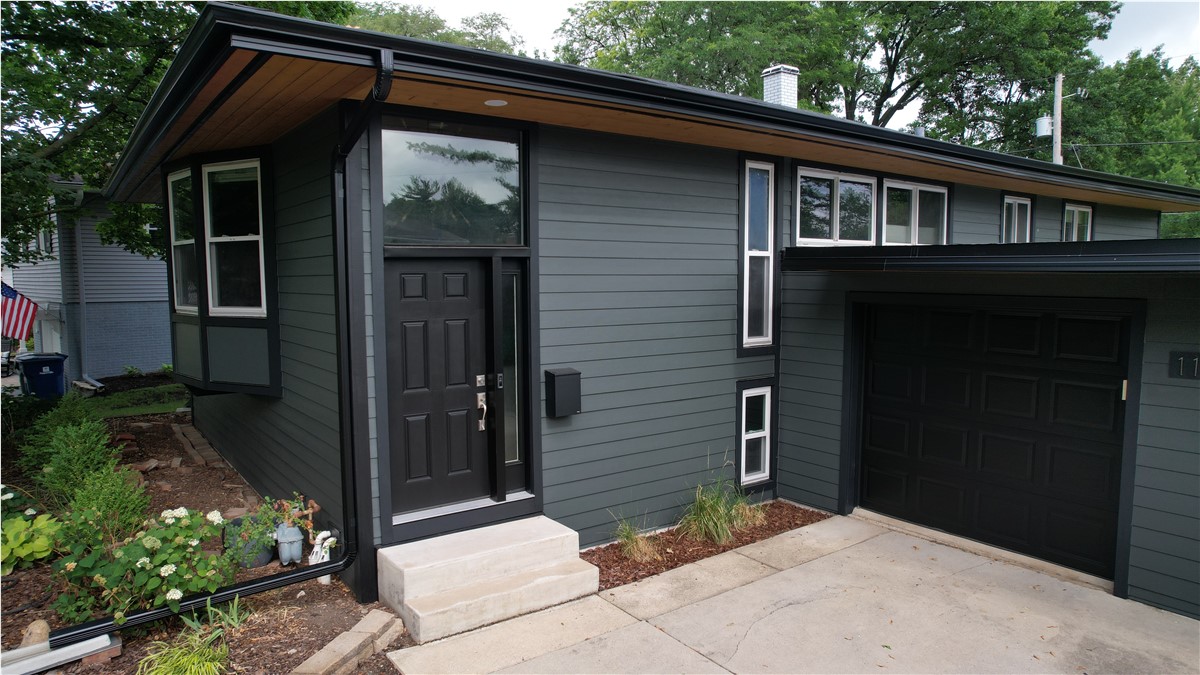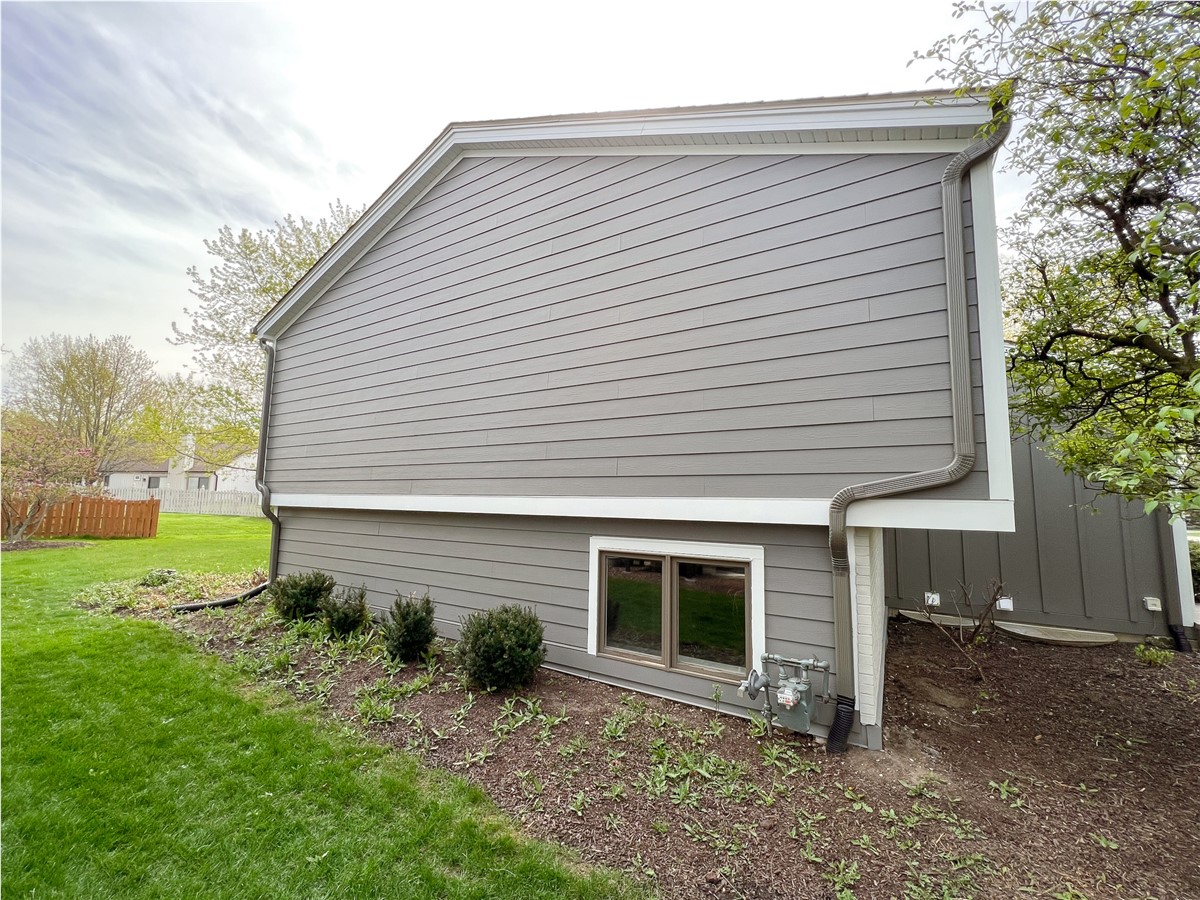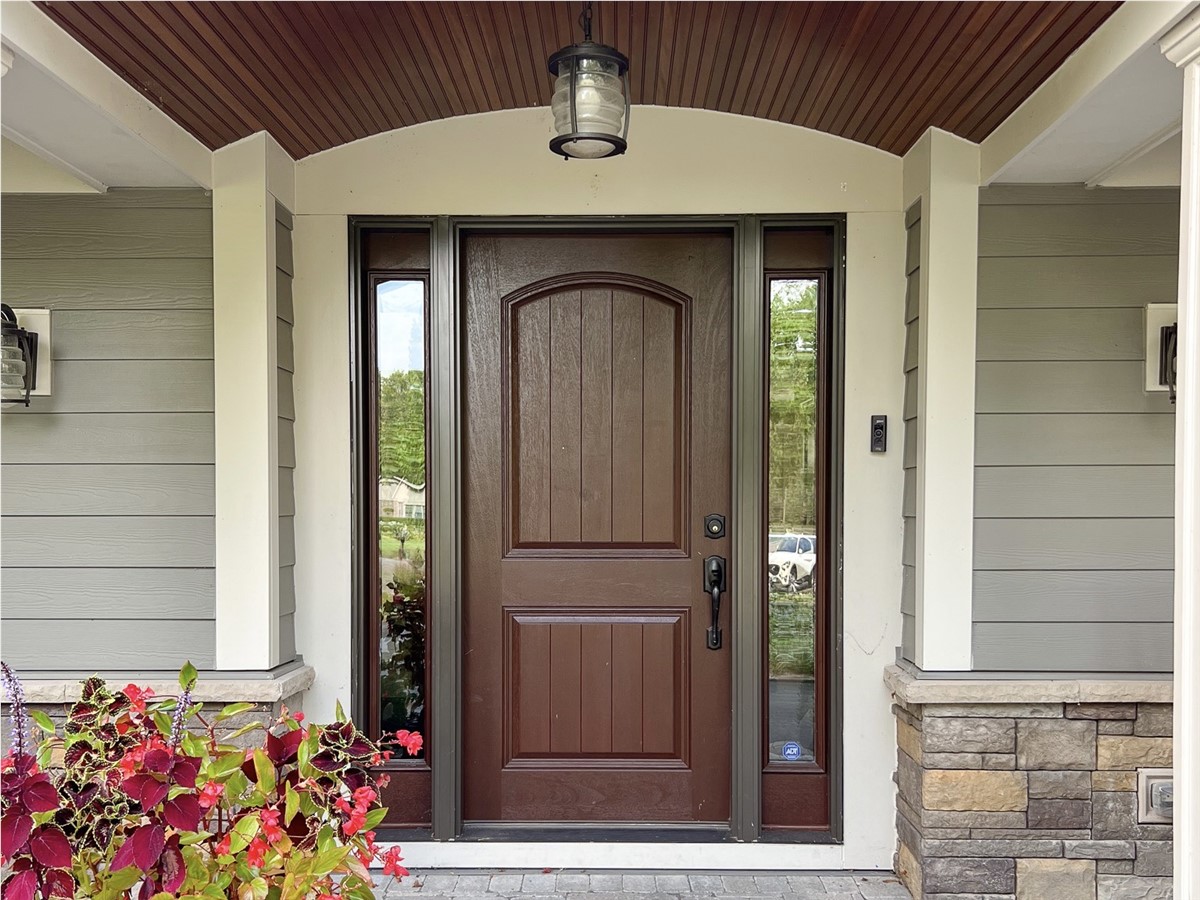1. Have a Long-Term Vision
If you are considering an interior or exterior home remodel, it pays to think “big picture” and long-term. You may recognize your kitchen is dated and maybe even dysfunctional, but don’t start shopping for cabinets just yet. Consider the traffic flow, sightlines, and how remodeling one space, such as the kitchen, will affect the adjoining spaces. If you want a large island where your family can enjoy causal meals, do you still need or want a kitchen table? Think it through – before the hammers start swinging.2. Know the Rules and Restrictions
What zoning regulations does your municipality have for deck additions? What siding restrictions does your Home Owner’s Association have in place? Understanding the rules and restrictions you’re required to work within is not something to learn about late in the design/remodel process.3. Hire the "Right Partner"
Before engaging a professional contractor, take the time to read online reviews and testimonials, check references, and if possible, view a completed project. When interviewing contractors, ask questions such as:• “How do you manage subcontractors?” • “Are you familiar with the permitting and inspection requirements in my town?” • “Can I review a sample contract?” • “What type of insurance do you carry?” • “How are change orders handled?” • “What is the invoicing/billing process?”
Chances are, if you are concerned about the answers you receive the contractor/remodeling company is not a good fit for your project. Keep looking!3. Budget Responsibly and Reasonably
You have a vision, you know the local rules, and think you’ve found the right contractor. Now is the time to sharpen your pencil and break down the numbers. Be reasonable with your budget. It’s easy to get carried away with on Houzz or Pinterest! If you’ve budgeted $25,000 for your new kitchen, does that figure include appliances as well as furniture? Your budget may be reasonable for cabinets, countertop, soffit removal, and lighting, but may not cover the double wall ovens you’re dreaming of. You’ll also need barstools for your new island, so make sure you allocate money for the “non-construction” items as well. And, all remodeling budgets should include contingency money. Based on your design, a qualified contractor will be able to give you a reasonable figure to set aside.4. Communicate Early & Often
Professional contractors are skilled at problem solving. The best ones maintain constant communication and work effortlessly with homeowners to deliver their dream remodel. Expressing your goals, design vision, and concerns, early in the process will put you and your contractor on the same page. Because you should prepare yourself for the unexpected (Tip #6), make sure to keep the communication lines open. When your contractor finds old abandoned electrical in the wall you’re tearing down, you can talk through how best to address the challenge.6. Expect the Unexpected
No contractor, even the best, has X-ray vision. Unless you built your current home, and oversaw every detail, it is realistic to uncover unexpected wiring, plumbing, or even framing oddities when remodeling your home’s interior. There is nothing more exciting than taking down a wall to create the open floor plan you’re dreaming of. But, until you open them up, you never know what’s in the walls. Until “drywall vision” becomes a super power – expect the unexpected – and take comfort in the fact that you budgeted responsibly and have a contingency fund.7. Be Prepared to Make Decisions
The number of decisions required for a successful remodel may seem incalculable. Polished nickel or oil rubbed bronze? Quartz or granite? French doors or sliding patio doors? Fiberglass or wood framed windows? Part of having a vision for your remodel, and thinking long-term, means recognizing you’ll have to make a great number of decisions to make, and any one of them is likely to impact future options or create limitations. If you decide to install French doors to your new patio, remember that you’ll also have to select hardware for those new doors. Don’t be overwhelmed by the number of styles and finishes available, remember your vision.8. Get the Biggest Bang For Your Buck
Every remodeling project has a budget, so get the most out of yours. What is the focal point of your remodel? If it’s a master bath, that vintage clawfoot tub will not only be a luxurious escape, it may be the star of the room. The tub is not the place to compromise. Your new outdoor kitchen will not be the entertaining space your envisioning without the gas firepit and built in grill. Don’t eliminate such features just because they may require new gas and electrical hookups. Put your money where it will help you realize your vision.9. Manage Your Expectations
Remodeling your home, interior or exterior, brings about temporary challenges and inconveniences. Before you remodel, think about what areas of your home will be affected. A major interior remodel, especially on the main floor, will impact the entire house. A bathroom remodel may require “scheduling” of shower time for a family suddenly living out of one bathroom. And while your new mudroom/laundry room is being built, living without a washer and dryer is no fun. Where is the nearest laundromat? Expect your day-to-day to be temporarily disrupted – but your remodel will be worth the short-term inconvenience.10. Respect the Process
You hired a professional remodeler for their expertise. If you did your homework, and found the “right” partner, now is the time to let them deliver. Material availability, inclement weather delays, and unforeseen challenges in the walls or underfoot are all part of remodeling and good contractors know how to manage the process. Relax, be patient, and let them work their magic! If you are thinking about starting a home remodeling project contact the Erdmann team today for a free consultation.Subscribe to Erdmann Exterior Designs's Blog











Comments